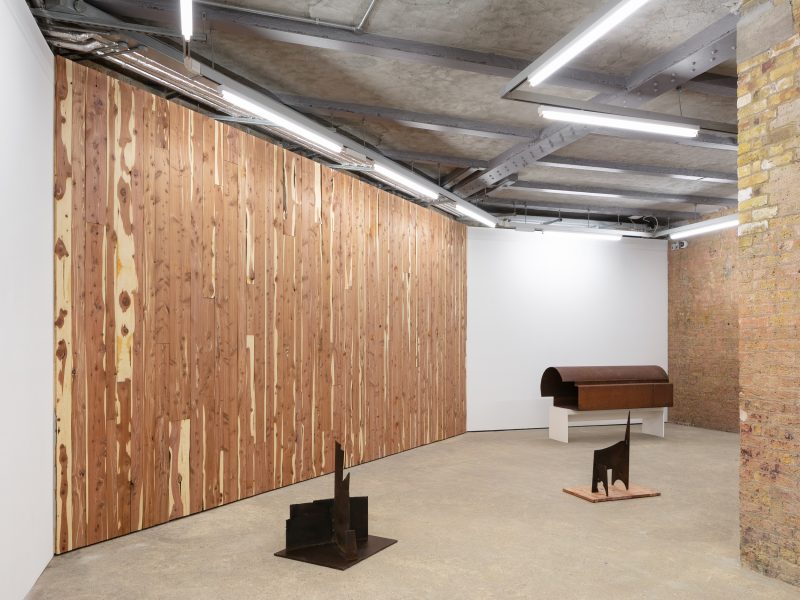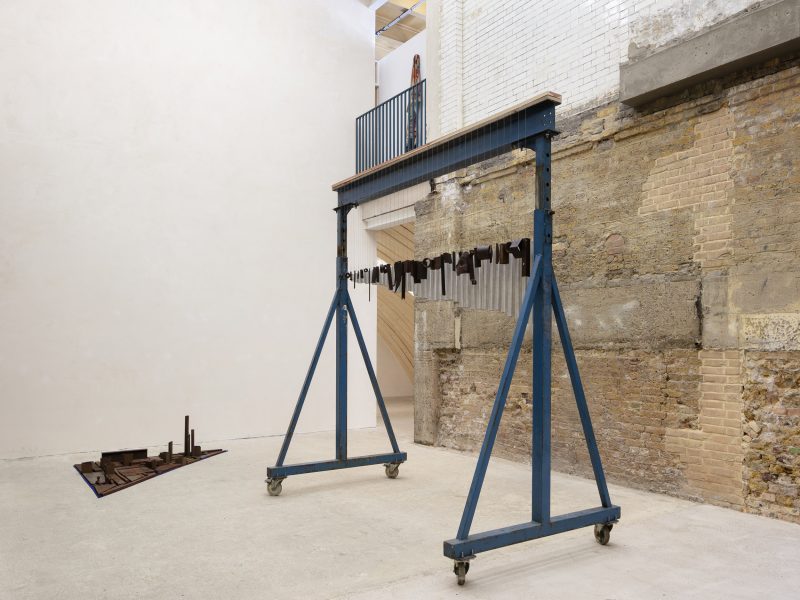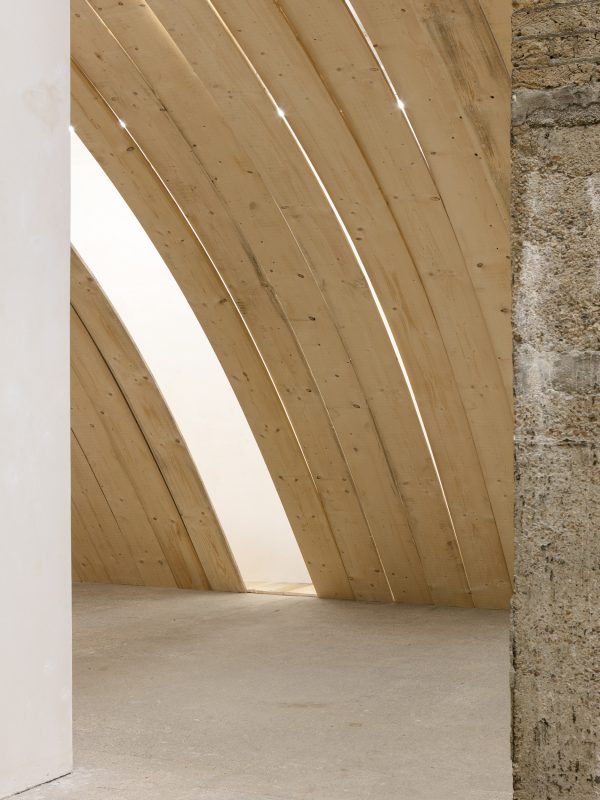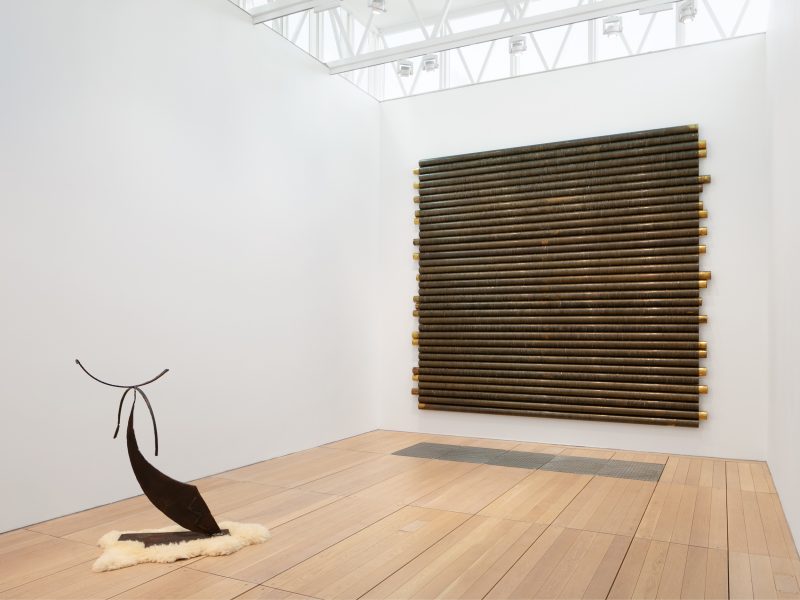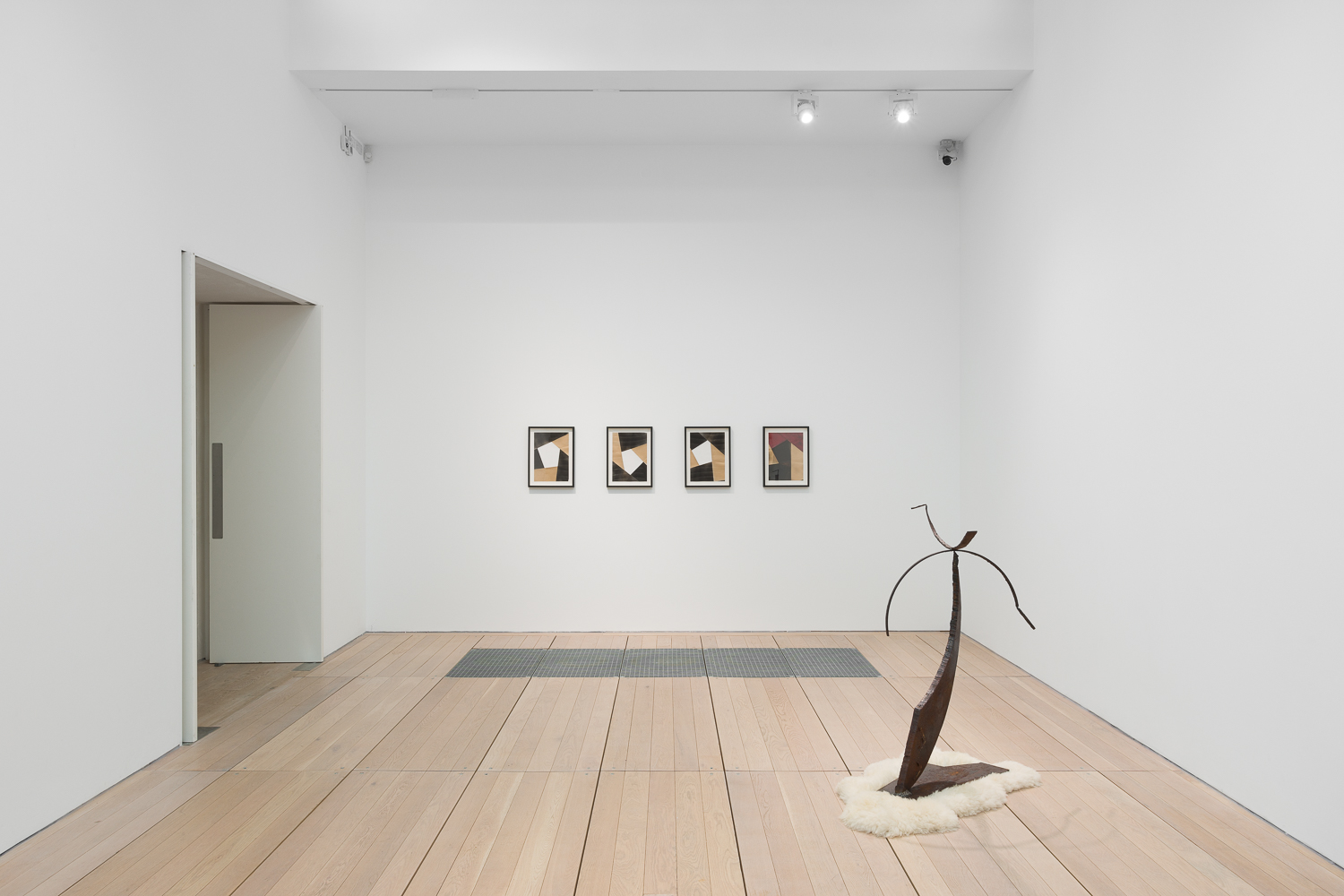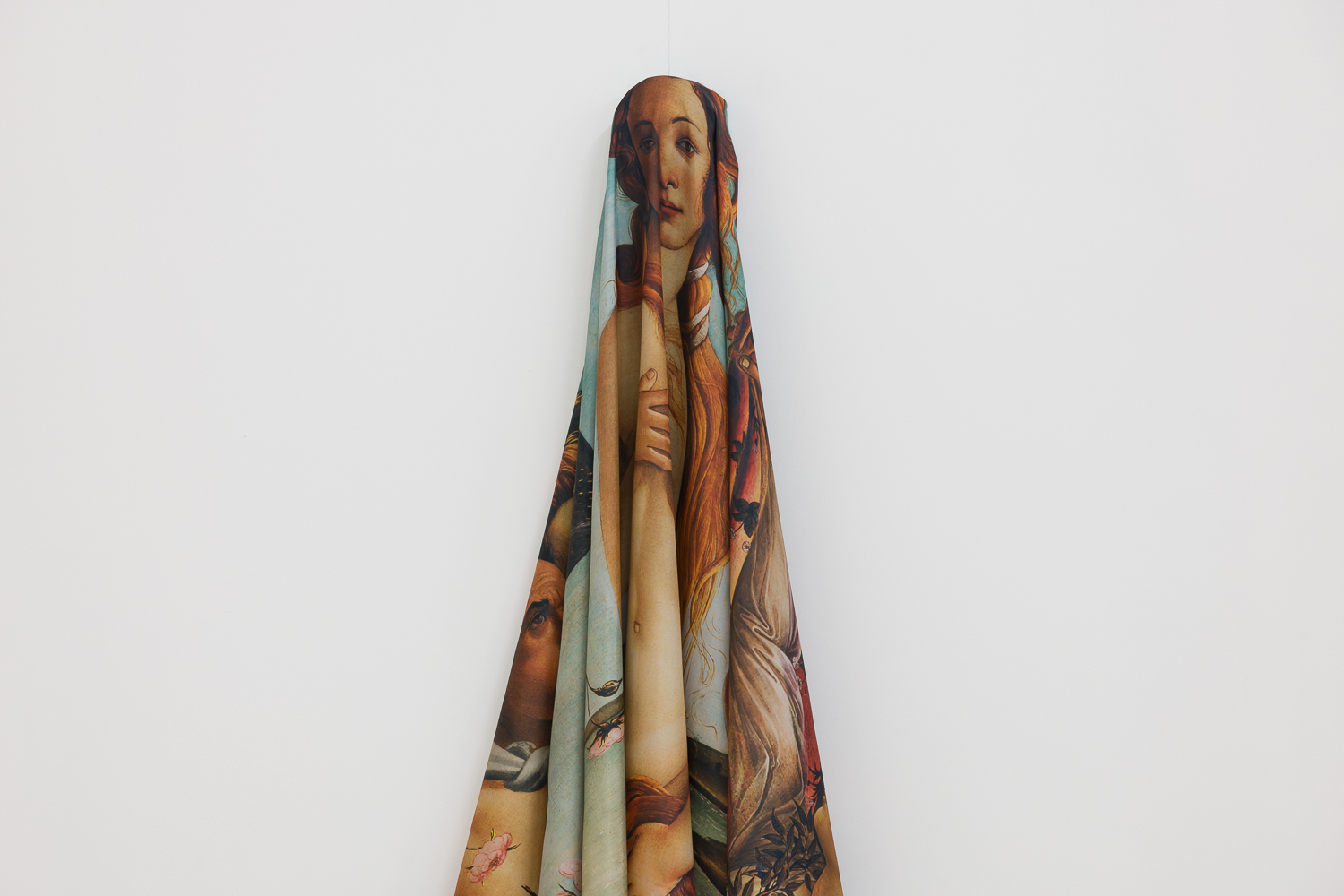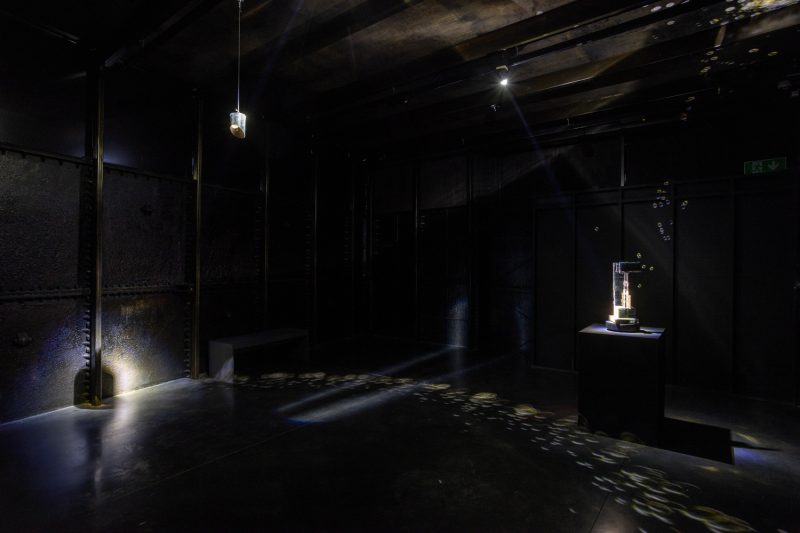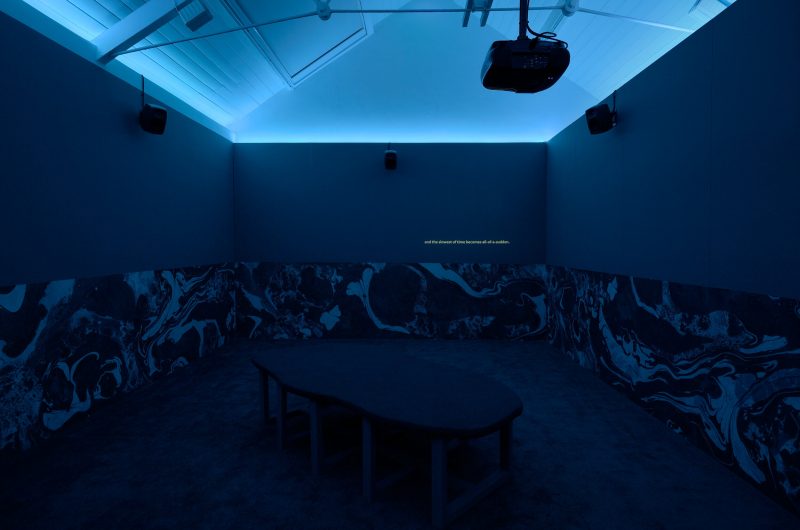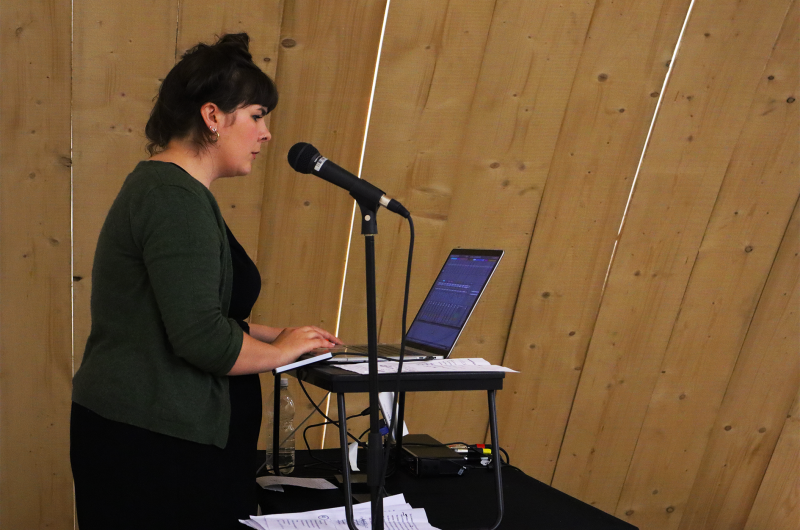VIRGINIA OVERTON
Animal Magnetism
American artist Virginia Overton’s exhibition included sculpture and installation, beginning with materials reclaimed from industrial contexts, previous artworks, and scavenged from the gallery. Born in Tennessee, her work is informed by memories of her family farm, and processes of industry and repair. She primarily works with raw construction materials such as timber, metal, glass, stone, plastic, piping and lighting, to fashion objects that are at once new and readymade. Dubbed a “serial re-user”, she often breaks these artworks down again at the end of an exhibition into their component parts, to be recycled and reassembled into new future artworks and installations. In this way, Overton’s sculpture creates balance between control and decay.
The exhibition featured a group of new works made in response to the architecture of the CCA building, alongside existing works and reworked materials from previous artworks. Overton’s new works incorporated steel offcuts and objects by celebrated British artist Sir Anthony Caro, stored at Yorkshire Sculpture Park and intended for re-use by future generations of artists. Caro’s sculptural legacy was continued by Overton’s exploration of weight, form and material, through her distinct lens. Much of Caro’s steel has corroded over time, adding a further elemental consideration to Overton’s treatment through her integration of this weathering. Made with this passed-down material, the exhibition included a new, playable “chime” of suspended shards and cut-off pipes, an indoor sculpture garden, and a room-sized “disco” installation of sound, light and sculpture. The exhibition also featured works that have now become hallmarks of Overton’s handling of buildings’ signage and decoration, including a new light-box sign bearing Goldsmiths CCA’s name.
The show at the CCA continued Overton’s instinctive way of responding to the contexts and conditions of exhibitions – revealing the circulation, production and architectural framing of artworks. She often challenges this by subtle, poetic interventions in the space: wedging an object into a gallery, altering the flow of visitors, revealing materials usually kept in storage. In this way, the institution becomes the subject of the work, and is reinterpreted through Overton’s site-specific attention to architectural details. She is interested in “making a new place out of an old one, creating another way of being in it, looking at it, and walking through”.
A special thanks to Yorkshire Sculpture Park and to the Virginia Overton Exhibition Circle: Alexandra Meyers, Caroline and Nassim Cherchali, Dr. Paul Ettlinger and Raimund Berthold, Henry Moore Foundation, James Lindon, Jarrod Grossberg, Maria Butuyrova, Stuart and Bianca Roden, and White Cube, London. Many thanks too to Roka Brings Flowers for kind floral support to the exhibition.
Read more…
BIOGRAPHY
Virginia Overton was born in Nashville, Tennessee, and lives and works in New York. This is Overton’s first solo show in a UK institution. Previous solo exhibitions include Socrates Sculpture Park, New York (2018); Museum of Contemporary Art Tucson, Arizona (2017); White Cube, London (2016); Whitney Museum of American Art, New York (2016); Museum of Contemporary Art, Miami (2014); Kunsthalle Bern, Switzerland (2013); The Power Station, Dallas (2013); and The Kitchen, New York (2012). Group exhibitions include The Milk of Dreams, the 59th International Art Exhibition of La Biennale di Venezia curated by Cecilia Alemani (2022); Transparent Things, Goldsmiths CCA (2020); Among the Trees, Hayward Gallery (2020); and Frieze Sculpture (2018).
Read Less...
